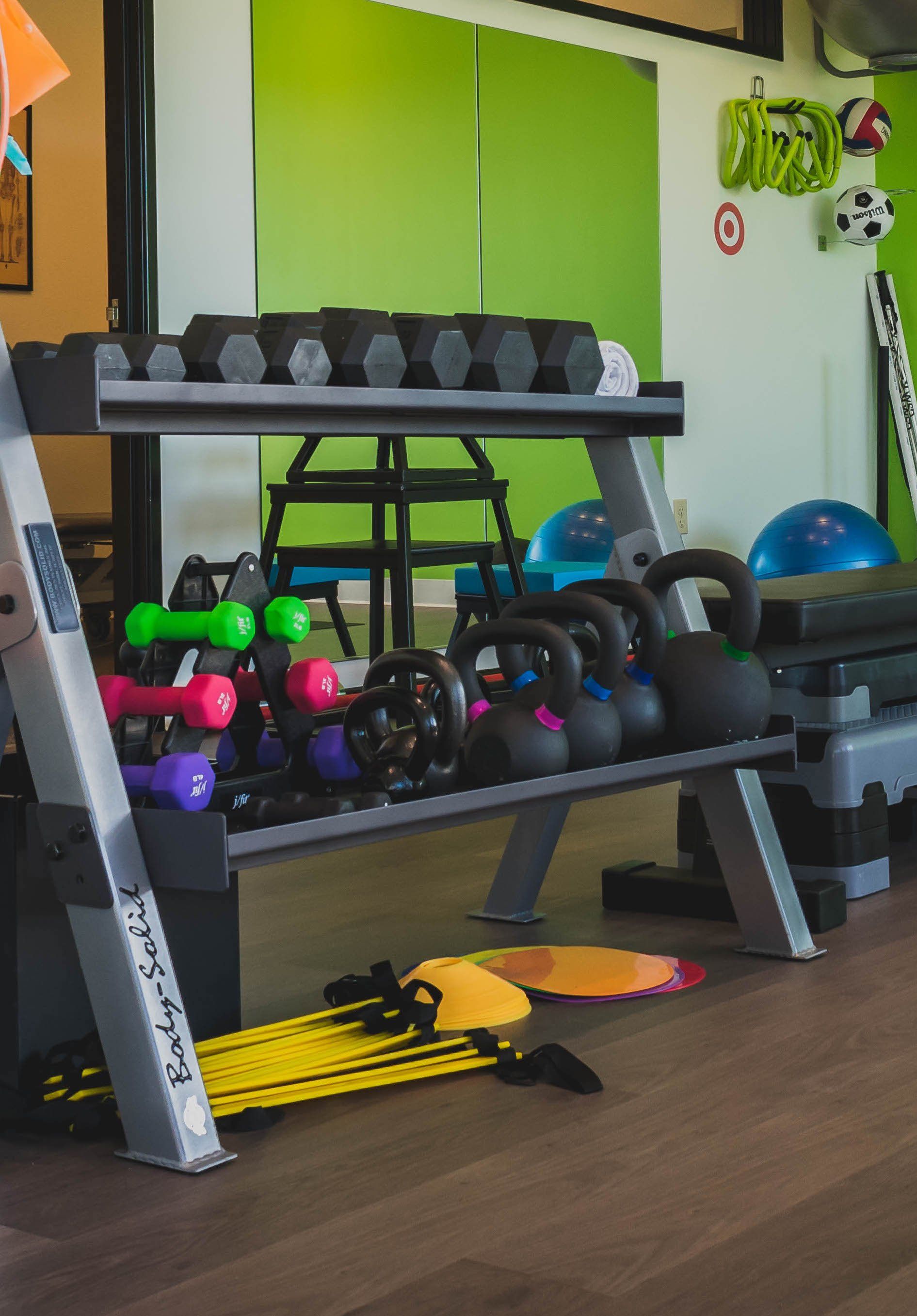Post-Prostatectomy Care
Post-Prostatectomy Care: Optimizing Recovery through Physical Therapy
Introduction
Undergoing a prostatectomy, the surgical removal of the prostate gland, is a significant event that can bring about various physical and emotional changes for men. Physical therapy plays a crucial role in pre and post prostatectomy care, helping individuals regain bladder control and function through pelvic floor strength and stability. In this blog post, we will explore the importance of physical therapy in the recovery process and discuss key strategies and exercises that can promote optimal healing after a prostatectomy.
1. Pelvic Floor Exercises
Pelvic floor muscle exercises, commonly known as Kegel exercises, are vital in pre and post-prostatectomy care. These exercises target the muscles that support the bladder, urethra, and rectum, helping to improve urinary control and prevent incontinence following surgery. A physical therapist can teach proper technique, provide feedback, and develop a customized exercise program to strengthen the pelvic floor for urine control.
2. Bladder Training
Some men may experience temporary urgency of urination following a prostatectomy. Physical therapists can assist in bladder retraining, which involves implementing strategies to gradually increase bladder capacity and regain control over urination. Techniques such as timed voiding, fluid management, and urge suppression techniques can be employed to promote better bladder function and reduce urgency.
3. Core Strengthening
Prostatectomy surgery may weaken the abdominal muscles, which play a crucial role in maintaining stability and supporting the spine. Engaging in core strengthening exercises can help restore abdominal strength, enhance posture with intra-abdominal pressure management, and minimize the risk of lower back pain. Physical therapists can guide individuals through exercises that target the core and enhanced intra-abdominal pressure management connection.
4. Scar Tissue Management
Prostatectomy surgery can leave behind scar tissue, which may limit mobility and cause discomfort. Physical therapists can employ various techniques like dry needling, stretching, and scar tissue mobilization to minimize the impact of scar tissue on range of motion and tissue flexibility. These interventions can help alleviate pain, enhance tissue healing, and improve overall function.
Conclusion
Physical therapy plays a vital role in the comprehensive care of individuals after a prostatectomy. Through pelvic floor exercises, core strengthening, bladder training, and scar tissue management, physical therapists can help men regain physical function, reduce complications, and improve their quality of life. If you have had or are recently going to undergo a prostatectomy, consult with a physical therapist to develop a personalized rehabilitation program tailored to your specific needs and goals. Remember, proactive engagement in physical therapy can accelerate your recovery and enable a smooth transition back to an active and fulfilling lifestyle.
